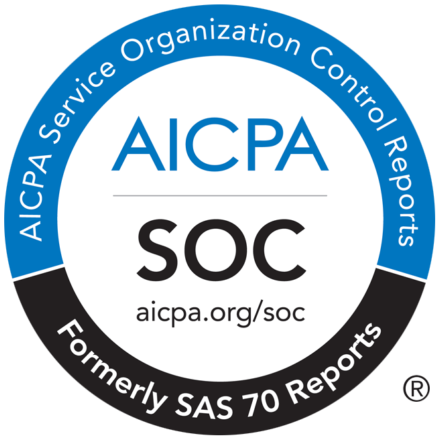Plagiarism is currently a big concern for most educational institutions and academies. Plagiarism is a threat to their academic integrity. For that reason, they try to be strict about students using plagiarised or copied content in their work. These institutions have strict policies to prevent the students from producing copied content. The teachers often suggest school plagiarism checker tools. It can help writing articles and projects with original content by finding the copied content present in the essay. To avoid getting caught by content checkers, a student may use some invisible characters in their texts. Thus a student may end up producing plagiarized articles
Why People Use Invisible or Blank Characters?
On occasions, students may not want to do the citation and take the full credit of the content they have entirely copied from a source or have barely done some alteration.
It is a form of cheating, and to avoid getting caught by the plagiarism checker application, they may often use invisible characters. These blank characters are special characters that the normal human eye cannot read. They look like space characters. Hence, if a tool checks the similarity between two content or articles, they may not find any similarity.
It is because of the presence of the special invisible characters in them. Hence, even though a PDF may look like it does not have any copied content it may have some invisible characters. Therefore, the teachers need to use the best plagiarism checker tools to search for plagiarism in content.
PDF Files and Their Layers:
The PDF files have different layers, and the students and publishers are using this fact to dodge the plagiarism checking tools. PDF files have different layers, and they can have a visible layer and one invisible text layer. The student can convert that unseen layer into PDFs, and they can change those words in Mojibake.
The presence of special characters makes it impossible to find plagiarized content. With those garbage characters, the teacher cannot upload them on Google and check them for plagiarism. It also prevents all sorts of automated readings or scanning.
Latin and Cyrillic Words:
The students can also use some other tricks, like changing the Latin words with Cyrillic words. Many Latin words look similar to the Cyrillic words. A student can change those similar-looking Latin words into Cyrillic ones; thus, preventing the plagiarism checker from identifying the copied content.
For example, the Latin ‘o’ and ‘a’ are very similar to the Cyrillic o, e, i, p, and a. The student can replace all the similar-looking Latin words with the Cyrillic counterparts. It can prevent an essay plagiarism checker tool find out the copied parts present in the content.
Although the teacher reads too, they may not find anything unusual as they seem the same in naked eyes. When they use school plagiarism checker tools that have a set language for scanning, they do not read those Cyrillic characters, and hence the words may get passed as unplagiarized content.
It prevents the tool from detecting the plagiarised content present in an article. Copyleaks plagiarism checkers can identify these characters, and they can detect cheating. Hence, the teacher should use a powerful online plagiarism checker like Copyleaks. It will help them to easily catch those students who are using this as a way of cheating.
Filling In All the Spaces:
The multiple layers of PDFs have also allowed the students to use special characters to use as space. There are certain blank characters that the students can use as space which can be difficult for some essay plagiarism checkers to detect. They can also use the unseen layer to tamper with the spacing of the words in a PDF. For example, they can change some of the spaces present in the document with some special characters.
The students can also search and replace all the spaces with a particular hidden character. Though they may have some spacing problems while doing this, they can work on that issue manually. If someone copies it and paste it elsewhere, they cannot find those invisible characters. This invisible character presence may make it difficult for some plagiarism checkers to detect the plagiarised parts present in the content.
There is another way of filling spaces for which the students may not need to do any layering. The students can fill up the spaces with anything like letters, numbers, characters, symbols, dots, and more.
They can edit those things with white text colors. The teacher cannot find those white texts present in the spaces. However, when the plagiarism checker compares the texts with another work online, they may fail to detect the similarity.
Several online tools can find those hidden characters. They have certain unique features that can identify the invisible characters present in the document as spaces or blank areas. They can compare those parts and find out the source of those parts. The students need to keep in mind that plagiarism is a form of stealing. It is cheating.
The only defense against plagiarism is a citation. The students need to use proper quotation marks and provide a complete and correct citation to submit plagiarism-free original content for their project or research papers.
Learn About Copyleaks Cheat Detection App
Plagiarism can be intentional or unintentional.
A student using parts from their reference work without using any quotation can be an instance of plagiarism. It may also happen that a student accidentally ends up with similar paragraphs in their content. Though, in this case, it is unintentional plagiarism, it can impact the career of a student.
One of the ways a student can avoid plagiarism is by doing a proper citation. They can use the cheating detection app by Copyleaks. It can help them to find out the copied parts with the mention of the sources. The students can easily do the citation of the content. It can help them to produce plagiarism-free original content.

